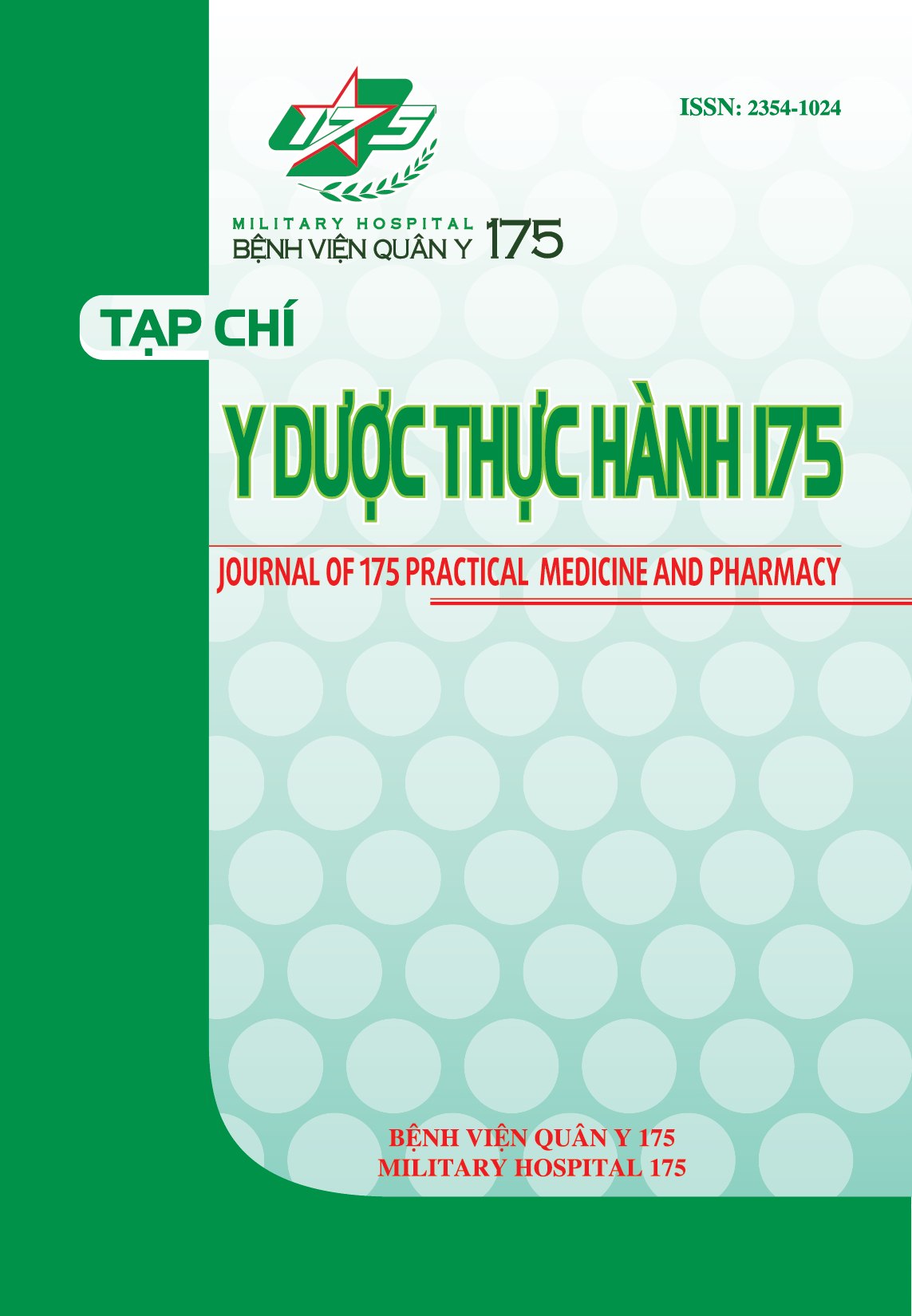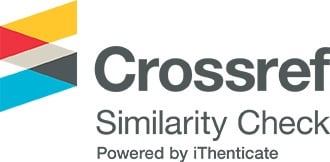CASE REPORT OF TRANSCUTANEOUS PACING IN A PATIENT WITH HYPERKALEMIC BRADYARRHYTHMIA
Authors
DOI: https://doi.org/10.59354/ydth175.2021.107Keywords:
transcutaneous temporary pacing, hyperkalemic bradyarrhythmiaReferences
Hùng PM. Rối loạn nhịp tim thường gặp. Lâm sàng tim mạch học. Viện tim mạch Việt Nam: Nhà xuất bản y học; 2019.
Hùng; PM, Linh PT. Điều trị rối loạn nhịp tim. Thuốc tim mạch trong thực hành lâm sàng. Viện tim mạch Việt Nam: Nhà xuất bản Y học; 2020.
Advanced cardiac life support (ACLS) in adults [Internet]. Uptodate. 2020.
Rafique Z, Chouihed T, Mebazaa A, Frank Peacock W. Current treatment and unmet needs of hyperkalaemia in the emergency department. European Heart Journal Supplements. 2019;21(Supplement_A):A12-A9.
Elliott MJ, Ronksley PE, Clase CM, Ahmed SB, Hemmelgarn BR. Management of patients with acute hyperkalemia. CMAJ. 2010;182(15):1631-5.
Bektas F, Soyuncu S. The efficacy of transcutaneous cardiac pacing in ED. The American journal of emergency medicine. 2016;34(11):2090- 3.
Kim NH, Oh SK, Jeong JW. Hyperkalaemia induced complete atrioventricular block with a narrow QRS complex. Heart. 2005;91(1):e5-e.
Sodeck GH, Domanovits H, Meron G, Rauscha F, Losert H, Thalmann M, et al. Compromising bradycardia: Management in the emergency department. Resuscitation. 2007;73(1):96-102.
Doukky R, Bargout R, Kelly RF, Calvin JE. Using transcutaneous cardiac pacing to best advantage: How to ensure successful capture and avoid complications. J Crit Illn. 2003;18(5):219-25.
Dalsey W, Syverud S, Trott A. Transcutaneous cardiac pacing. J Emerg Med. 1984;1(3):201-5.
Baratloo A, Haroutunian P, Rouhipour A, Safari S, Rahmati F. Hyperkalemia-induced complete heart block. Journal of Emergency Practice and Trauma. 2015;1(1):35-8.
Craig K. How to provide transcutaneous pacing. Nursing2021. 2006;36:22-3.
Downloads
PDF Downloaded: 67










